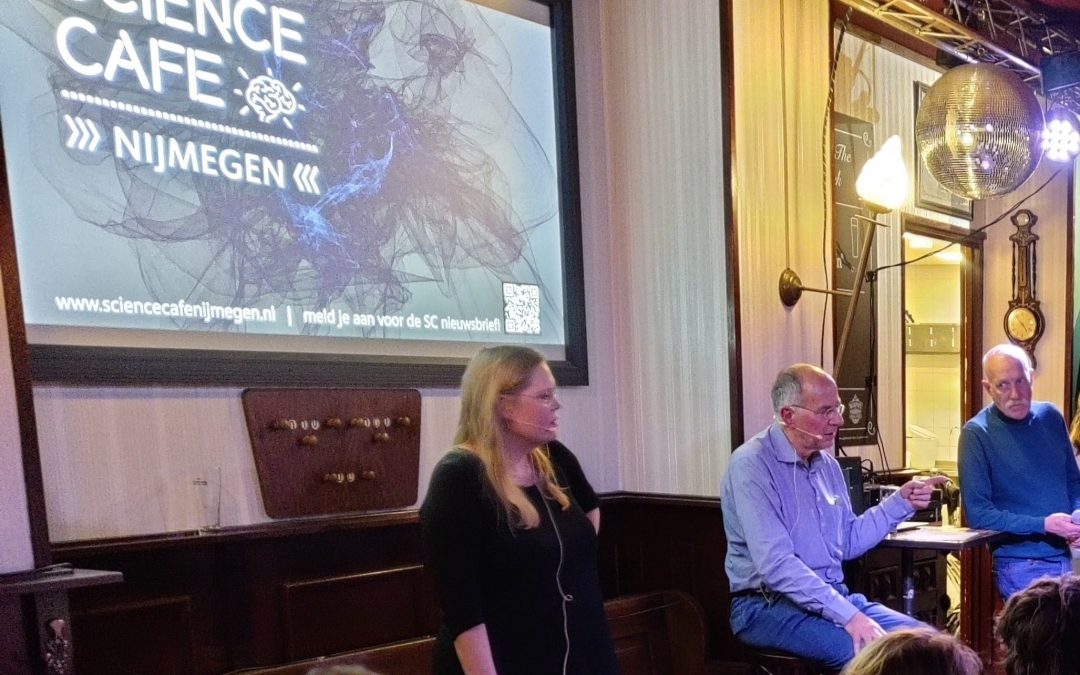Introducing Prof Jan Buitelaar

Professor Jan Buitelaar, Coordinator
Principal Investigator at the Radboudumc and Donders Institute for Brain, Cognition and Behaviour
What is your role and the role of your institution/group within the CANDY project?
I am the coordinator of the CANDY consortium and am leading WP7 and WP8 on ethics and training and WP9 on project management. With my team, we contribute to the data collection of ADHD and Developmental Delayed samples to the Preschool Imaging project, and we recruit and assess families for the Multiplex study.
What is your long-term vision for CANDY? What is special about the CANDY project?
CANDY will improve our understanding of the overlap and associations between neurodevelopmental conditions as autism, ADHD, intellectual disability, and epilepsy at least two levels: 1) the shared and distinct biological mechanisms that underpin these disorders, and 2) the shared and distinct clinical phenotypic characteristics of these conditions. This may impact on the guidance for clinical assessment and for preventative and treatment strategies for neurodevelopmental conditions
What are the key-findings of your group gained within the CANDY project so far?
We are still in the process of collecting the data in the clinical studies of CANDY, i.e. the Preschool Imaging project and the Multiplex project. An interesting finding has been reported about our work, together with many other international teams, in the analysis of the autism and ADHD samples in the ENIGMA consortium (https://enigma.ini.usc.edu/).
Here we analysed cortical abnormalities for thirteen neurodevelopmental, neurological, and psychiatric disorders (among ASD and ADHD) from 21,000 participants and 26,000 controls, using a harmonised processing protocol of several ENIGMA working groups (Hansen et al. 2022 Nature Communications Aug 10;13(1):4682). The cortical maps were related to multiple micro-architectural measures, including gene expression, neurotransmitter density, metabolism, and myelination (molecular vulnerability), as well as global connectomic measures including number of connections, centrality, and connection diversity (connectomic vulnerability).
The key finding relevant to CANDY is that, when compared to the other neurological and psychiatric disorders, both ASD and ADHD stand out by the relatively strong contribution of molecular vulnerability to the disorder-specific cortical differences (while that of ADHD is larger than that of ASD). A relative difference between ASD and ADHD is the larger contribution of connectome vulnerability to cortical differences in ASD compared to ADHD. This is clearly different from the patterns observed in epilepsy.
Your reading suggestion?
Annual Research Review: “The transdiagnostic revolution in neurodevelopmental disorders” Astle DE, Holmes J, Kievit R, Gathercole SE. J Child Psychol Psychiatry. 2022 Apr;63(4):397-417
This review is interesting and highly relevant because it explores and discuss approaches to consider alternative data-driven cross-disorder models for neurodevelopmental conditions



